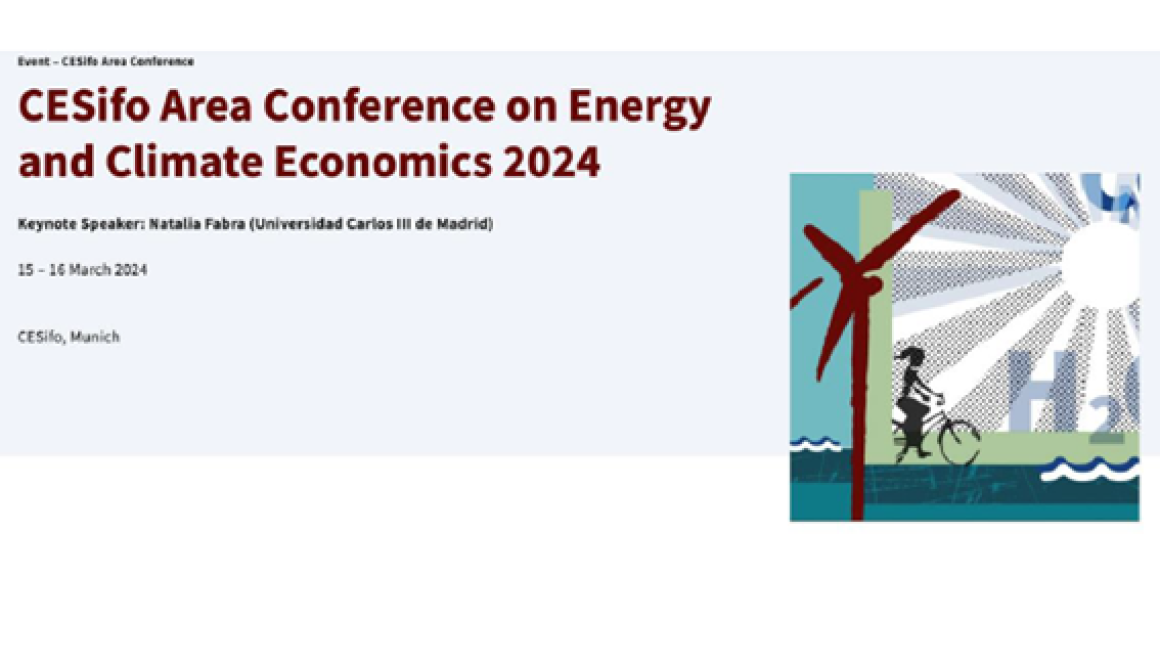Natalia Fabra ha sido galardonada con el Premio Women Value que otorga la Revista Inversión, en la categoría Docencia e Investigación. Los premios fueron entregados en junio de 2024 en la Fundación La Caixa.
Video del acto aquí.
Entrevista aquí.
Video de la entrevista aquí.
Palabras de Natalia Fabra en la entrega del Premio:
“Siento agradecimiento, y responsabilidad, al recibir este premio. Porque este reconocimiento no es solo para mí, sino para todas las mujeres que, a lo largo de la Historia, han merecido ser reconocidas pero han quedado invisibles en el anonimato, sin que se valoraran sus logros.
Desde la Antigüedad, las pocas mujeres que participaron en la ciencia y en su desarrollo tuvieron que esconderse bajo pantalones y sombreros, tras pseudónimos masculinos o ceder sus descubrimientos a sus maridos. Esto ocurrió también en la literatura, la música, la pintura, la geografía, la geología, la botánica…y cómo no, la economía. Mujeres sin nombre, mujeres invisibles que, a pesar de todas las dificultades, techos y persecuciones, lograron mantener su vocación y desarrollarla.
No estamos hablando solo del pasado. Hasta el día de hoy, las mujeres enfrentan mayores obstáculos educativos y de oportunidades. Desde los estímulos que reciben en la escuela, hasta las influencias familiares y sociales que promueven ciertos valores y disciplinas, condicionando sus vocaciones y su libertad de elección. Existe un techo de cristal en la sociedad, en la familia y en la escuela, que a menudo hace que las niñas y adolescentes interioricen como propios valores impuestos por su entorno social.
Como economista, quiero acabar recordando a dos mujeres economistas. La primera, Joan Robinson, quien merecía haber ganado el primer Premio Nobel de Economía. La segunda, Claudia Goldin, quien recientemente lo ganó. Desde 1969, cuando se otorgó por primera vez el Premio Nobel de Economía, hasta hoy, ha habido 93 laureados, de los cuales solo tres han sido mujeres: Claudia Goldin el año pasado, Elinor Ostrom en 2009 y Esther Duflo en 2019. 3 de 93. ¿De verdad creemos que en todos estos años no ha habido más mujeres merecedoras del Nobel?
Aún queda mucho por hacer para que las científicas, artistas, escritoras y economistas tengan las mismas oportunidades y sean percibidas de igual modo que sus compañeros hombres. Por eso, premios como el que hoy celebramos son tan importantes.
¡Este reconocimiento es para todas vosotras!
Muchas gracias”











